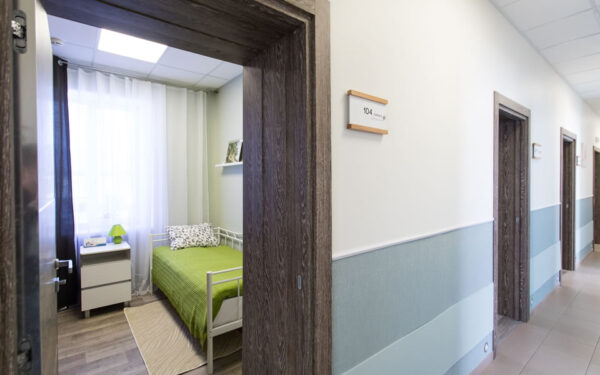Addressing the Limitations of the Qualified Business Income Deduction for Healthcare Providers
By Odhra Labarraque, Manager, Tax & Business Services
Healthcare practitioners and practices are frequently disappointed when they discovered that their qualified business income (QBI) deduction has been limited or denied.
The QBI deduction was enacted in December 2017 as part of the Tax Cuts and Jobs Act (TCJA). The intent was to provide tax relief to businesses not benefitting from the tax rate reduction provided to corporations. The QBI deduction has also been called the 199A deduction, the pass-through deduction, or the 20% deduction, and it has provided much relief to qualifying taxpayers.
Here’s the challenge for healthcare practitioners and organizations: They are subject to the specified service trade or business (SSTB) limitations. That applies to medical services provided by individuals, such as physicians, pharmacists, nurses, dentists, veterinarians, physical therapists, psychologists, and other similar healthcare professionals.”
It does not include services that are not directly related to medical care, even if the services relate to the recipient’s health.
It is important to determine if your business falls under this definition so that you don’t lose out on the opportunity to take advantage of this tax benefit. For example, operating health clubs or health spas that provide physical exercise or conditioning to customers are not seen as providing health services, nor is payment processing or the research, testing, manufacture, or sale of pharmaceuticals or medical devices.
The complication for an SSTB occurs when the taxpayer’s taxable income exceeds the lower end of a threshold amount. At that point the QBI deduction begins to phase out and are fully eliminated when taxable income reaches the higher end of the threshold amount. In any tax year when a taxpayer’s taxable income is at or below the lower end of the threshold amount, that taxpayer can treat an SSTB as a qualified trade or business with no problem whatsoever.
The thresholds for the 2020 tax year are between $163,300 and $213,300 for single filers or between $326,600 and $426,600 for joint filers. The thresholds for 2021 are between $164,900 and $214,900 for single filers or between $329,800 and $429,800 for joint filers.
Proactive Tax Planning
Meanwhile, taxpayers with taxable income near or slightly above the threshold amounts could still benefit from the QBI deduction by managing their taxable income. Filing separately if married, taking above-the-line deductions, bunching itemized deductions, or electing accelerated depreciation methods at the business level are some traditional planning concepts used to manage taxable income.
Another option may be to differentiate an SSTB activity from a non-SSTB activity conducted under the same entity. For example, consider an optometrist who also sells glasses and contact lenses. The key is to maintain separate books and records and have separate employees, facilities, and bank accounts to help establish the distinction. Thoughtful planning is critical as the regulations do not provide any bright-line factors to determine whether an activity is a separate trade or business. Keep in mind there are also traps for commonly owned businesses that need to be considered.
To alleviate the burden of record-keeping, the IRS provided a de minimis safe harbor rule saying a business is not considered a SSTB if less than 10% of its gross receipts in a year are attributable to the performance of services. The 10% threshold drops to 5% if the business’s gross receipts are more than $25 million. On the other hand, if gross receipts from the SSTB activity do not meet the de minimis test and a separable trade or business is not established, the entire business could be considered a SSTB (including the portion of the business not engaged in providing specified services).
Looking Ahead
During his campaign and in his 2020 tax plan, President Biden announced his intention to further limit the Section 199A deduction for those making more than $400,000 in a year. However, his current tax proposal is silent in that regard. As it stands now, Section 199A is set to expire at the end of 2025 absent congressional action to extend, modify, or repeal it.
Section 199A added an extra level of complexity to tax planning, especially for those providing services in healthcare. Taxpayers should discuss their unique facts and circumstances with their tax advisors to ensure that all opportunities to maximize the QBI deduction are considered. The Marcum healthcare industry team is available to assist.







